
The packaging production process is complex, but we don’t want to bore you with the ins and outs of it, so in this blog, my aim is to highlight why, and why you should care about the environmental effects of the packaging that you use.
If produced without consideration for the environment, packaging can be damaging. Poor waste management means that end-of-life packaging is discarded at both landfill and incineration sites, and plastics are finding their way into our rivers and oceans, damaging our sea life and polluting our water supply. Waste is a behavioural problem within society and if we are to move towards a better future for our planet, it needs managing effectively through better recycling schemes.
There is already a large conversation regarding waste and recycling, however the real threat is global warming which is a result of our increasing greenhouse gas emissions. The CO2e impact of packaging production directly contributes to global warming, therefore businesses need to make more sustainable decisions to reduce their impact on the environment when producing packaging. There needs to be a greater conversation around the emissions that are released in the production of packaging if we are to move towards becoming a sustainable society.
Previously, there has been a lack of CO2e transparency in packaging materials due to the complex nature of collecting the data. However, A life cycle analysis of the packaging process requires various pieces of data, e.g., raw materials, machinery usage, and transport. Benchmark’s new CO2e calculator and carbon labelling service is first-to-market, and aims to provide the consumer with carbon transparency and the ability to actively reduce their carbon footprint when shopping. Packaging is complex as it is derived from many materials, processes and energy. Below are just some insights into why the complexities of the process.
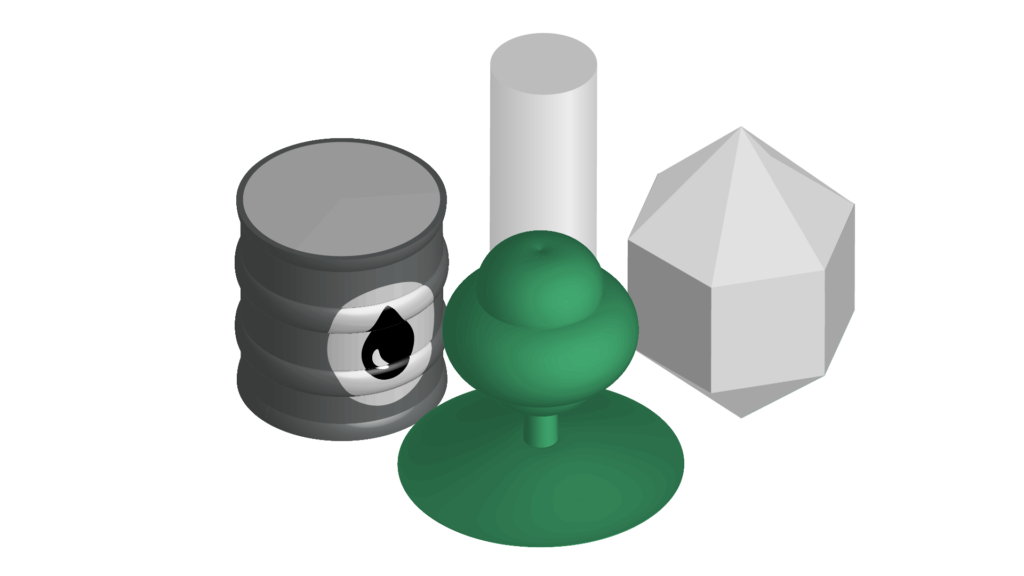
Different Materials…
- Oil: typically for plastics.
- Tree: typically for paper and board.
- Quartz crystals: made up of molecules of silicon dioxide which makes glass.
- Steel: used to make tin cans from tin-coated
Different material types and thicknesses…
- Materials are extruded with and without pigment and to various thicknesses
- Plastics – PE (LD, LLD, MD, HD), PP, PET, Nylon, to name a few.
- Paper can be kraft, recycled (various test liners), mottled, white and numerous grammages.

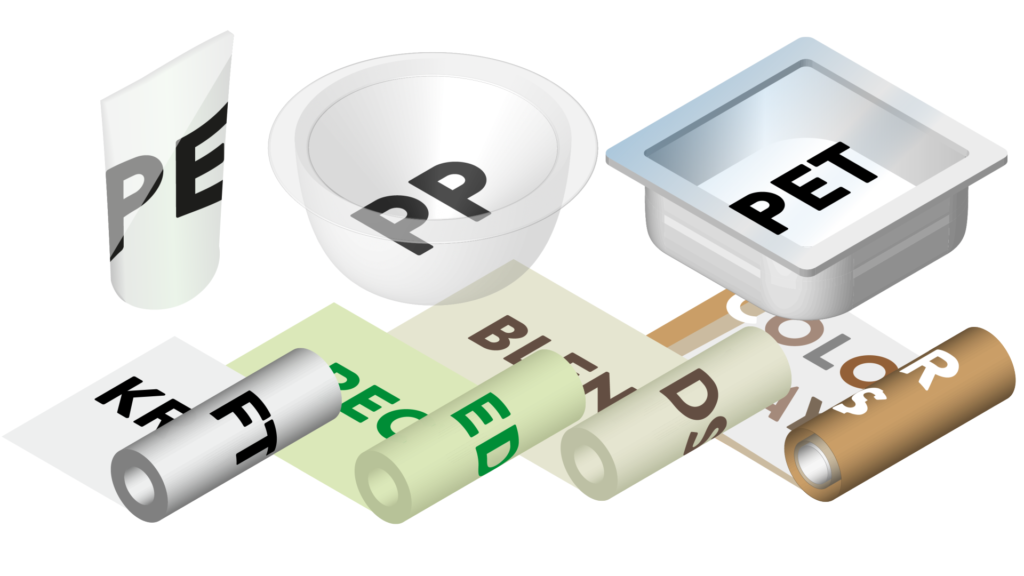
Different processes…
The processes include: Extruding, Printing (flexo, roto and digital), laminating (which can be solvent and water based), gluing, slitting, slotting, die-cutting, forming, converting (into e.g., bags or pouches)
Each process will have:
- Different types of machine
- Different sizes of machine
- Different running speeds
Different consumables are required in the processes…
- Solvents, Inks (different types, different percentage coverage and number of), varnishes, coatings, cores, pallets, pallet labelling and pallet protections, storage and delivery.
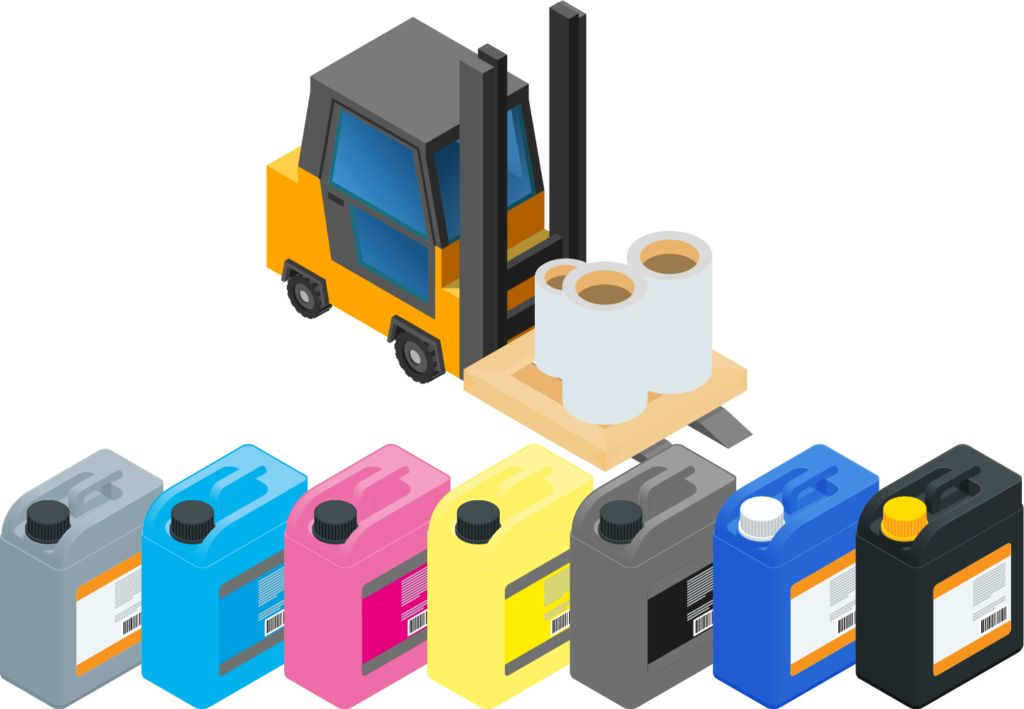

Different requirements for the machinery…
- Set up – time, energy, and waste material
- Production run length – time, energy, and waste material
Different units of measure…
- Barrels, Reels numerous weights and areas in Metric and Imperial measures
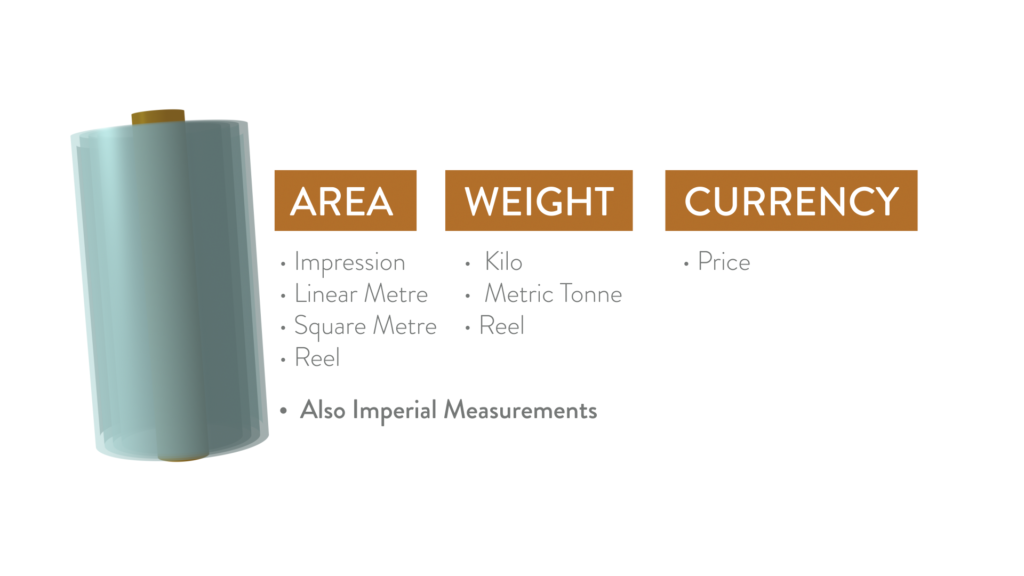
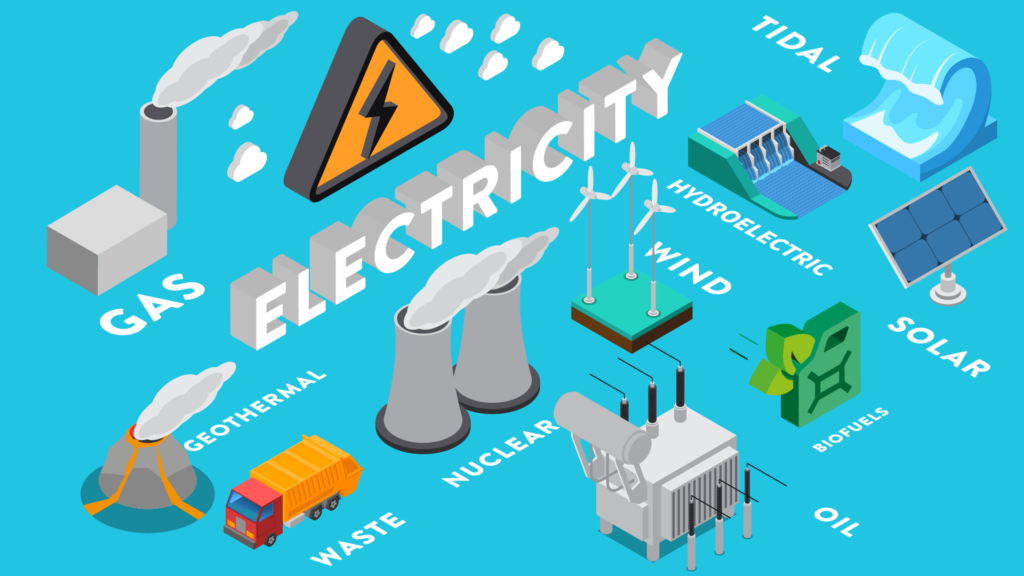
Different energy requirements…
- Gas and mostly electricity
- Different energy mix in different countries with varying dependencies on:
- Coal, Natural gas, Oil, Nuclear, Hydro, Biofuels, Wind, Solar-panels and thermal, Waste, Geothermal, Tide
The processes above summarise why packaging can be so complex. The process results in costly and complex calculations which can be difficult to figure out. The large amount of data that is required means that it is difficult to be completely transparent with the consumer so generic and unreliable data is often used.
Recent Posts
- European Parliament Votes to Postpone Corporate Due Diligence and Sustainability Reporting Requirements
- Financial Markets vs. Sustainability Markets in Packaging
- How prepared are you for the Packaging and Packaging Waste Regulation (PPWR)?
- Green Claims Regulation: A Global Perspective on Environmental Marketing
- The Environmental and commercial Impact of Packaging (Facts, Figures and a solution)
Recent Comments